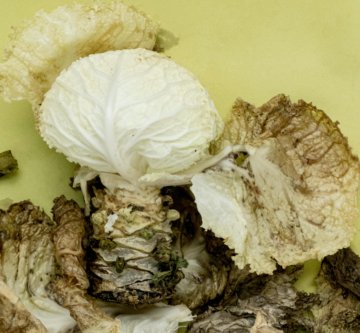Demand forecasting could be described as the use of predictive analytics to estimate the expected demand for goods and services. It is mostly applied in industries with volatile products to minimise, or potentially eliminate losses.
Perishables & Their Problems

Perishables are products that have a rather short shelf-life: vegetables, fruits, milk, meat, fish, and the like. Some can stay fresh for only a few hours. This presents unique challenges to wholesellers and retailers dealing in them.
In everyday life, people tend to pick only the ‘crisp’ produce, leaving behind the ‘wrinkled’ and the ‘fresh, but not good enough’ items. Time then acts on the latter two and shrinks their value. Losses ensue. At times, entire batches go bad.

Photo by FOODISM360 on Unsplash
A common tactic employed to tackle the above described phenomenon is the lowering of stock volumes to reduce leftovers. But this often badly backfires when customers repeatedly fail to get what they want, and take their business elsewhere.
Even with high-tech and innovative solutions such as advanced preservative packaging, cold-storage facilities, and the operation of in-house delicatessens to consume surplus stock; considerable amounts of perishables still wind up as garbage.
Demand Forecasting to the Rescue
There are plenty of software services available today (for instance, APO by SAP, Oracle SCP, GDMH Streamline, DynaSys, etc) that apply techniques such as Time Series Analysis, Machine Learning Algorithms, Applied Statistics and Simulation in an attempt to predict just the right amount of perishable goods to stock.
Some of these tools can even factor in expected ripples in the industry, and thus allow timely intervention.
If you’d like a case study of Demand Forecasting in action to optimise stocking, this Kaggle competition might be a great place to start.